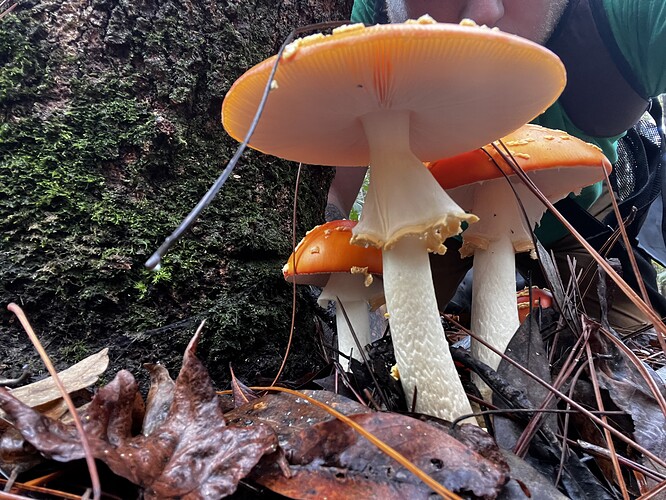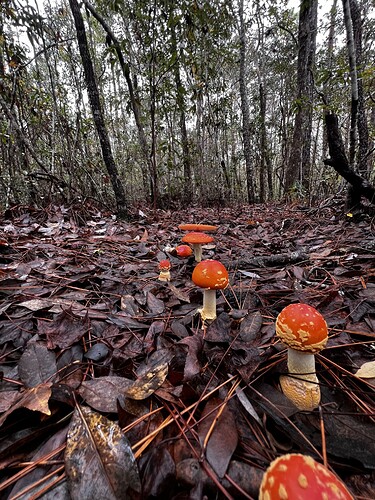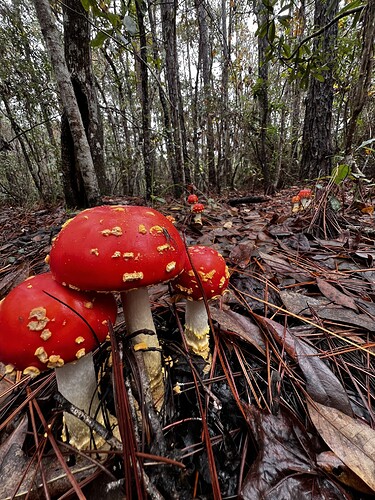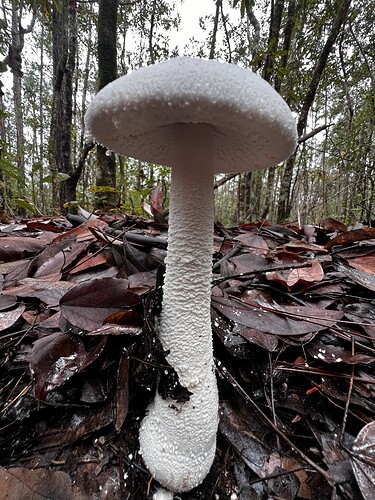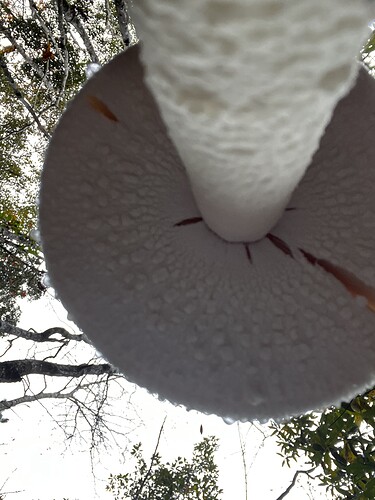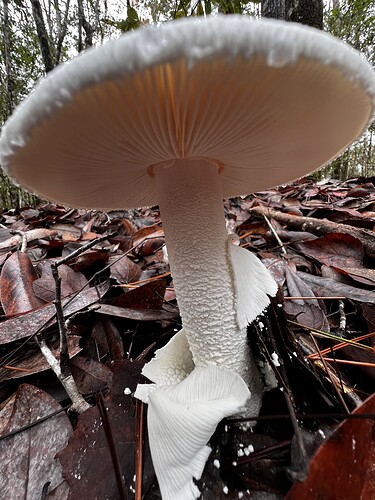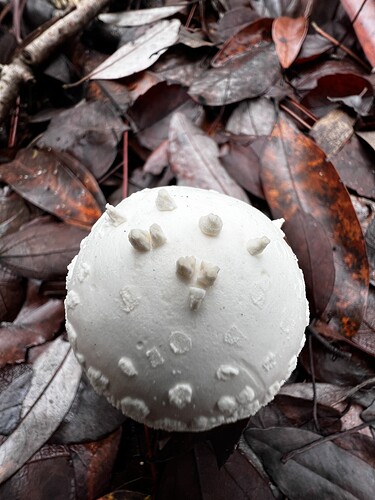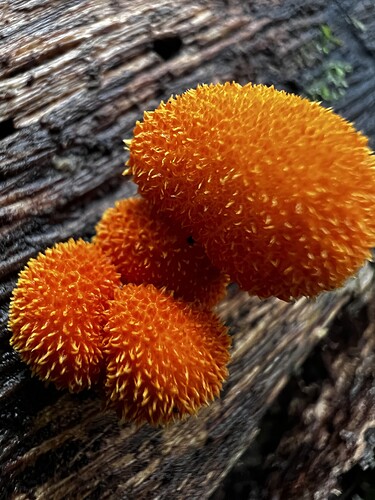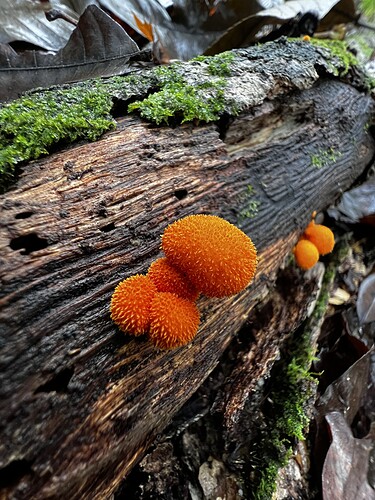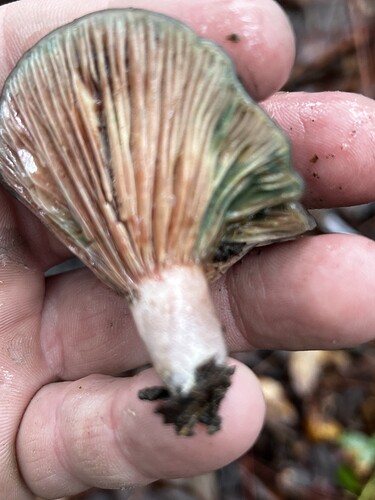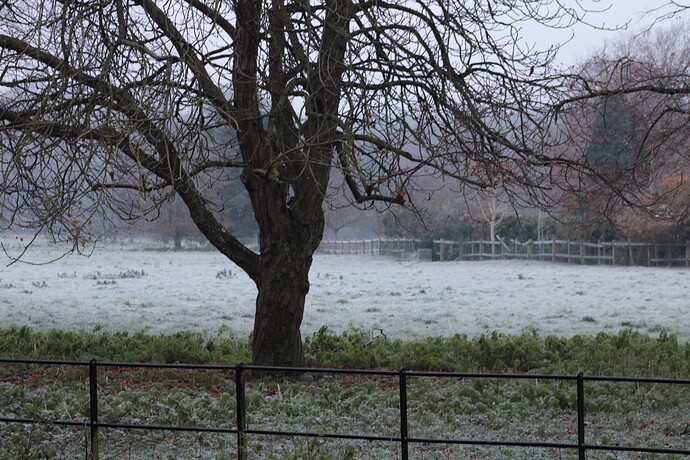I am sorry. Where did you live in the Midwest?
Indiana for the longest, but also St. Louis and Waterloo, Illinois.
I even miss the lake effect that regularly dumped snow on us by feet rather than inches.
I used to drive to college about 25 miles inland from Lake Michigan on a daily basis. On the way back, you could sometimes see a wall of snow from the lake effect, and you drove into it with some trepidation! If you live on the West Coast, though, there are some beautiful things about that, too.
I read recently that upstate New York (where my family is from), and due to lake effect weather, is more or less or is at least one of the better places protected from climate change in the U.S. I remember being in Buffalo as a child in the latter part of March and there being an impressive amount of snow on the ground.
Of course, the most snow we’ve had here in the last fifty years (make that forty-nine until next spring ; - ) was in the last week of March thirty-seven years ago next spring when we had a double blizzard – two heavy snows with wind(!) within a week, one week encompassing both start to finish. Remarkably, I even found topographical maps online of the snowfall depths for both storms. It was the next fall that I started putting up snow fence in the cultivated field north of our lane – you may recall some of my photos that included it, 350 feet at first.
About six years later, though, we had a rougher winter than some, and when I called my sister in February to tell her about my new job and the amazing timing of its acquisition and the next to impossible probability of it happening that way without God’s providential intervention (some of you may recall that account as well), I told her that my 350 feet of snow fence was 300 feet too short. She said “It’s that deep?! You really are having a rough winter!” ![]()
But again in God’s providence in my old age, I have to say do not expect more pictures with 650 feet of snow fence. (Maybe still some of sandhill cranes where it would have been. ; - ) The summer before this last, the new owner of the property just north of the west end of our lane was having a sand pit/pond enlarged, and once when I was walking down to get the mail at the county road, I went over to chat with the man operating the big excavator. It turned out that he was the owner of a heavy equipment contracting business… and he lived and kept his equipment on his property, his place being less than two miles from us on a road we almost never have occasion to drive on and I had no reason to know he was there.
So I asked him about snow removal, and he said “Give me a call”! So the autumn of last year was the first in thirty-five years I was not compelled to put up snow fence. Yay! (It’s a fair chunk of work and I pay my help maybe too liberally. ; - ). He has contract snow removal in town and since I am retired and no longer on-call at the hospital, I told him to put us at the bottom of his list. I didn’t complain when I was awakened at 3 a.m. a couple of times when he was on his way home and doing ours last. ![]() (And it actually cost less last winter than paying for help with snow fence, putting it all up and taking it all down.)
(And it actually cost less last winter than paying for help with snow fence, putting it all up and taking it all down.)
I kid my neighbor, since the pond is way bigger and west of us, and there are still some big piles of what was removed, “Now we’re subject to lake-effect snow and a lot closer to the [Nebraska] sand hills!”
More peach colored fly agaric.
A much deadlier one. It’s one of the angel Amanitas.
I’m not sure what this spiny looking orange mushroom is. Really pretty.
It’s one of the milk types. Most likely the “silver-blue milk cap “ the Lactarius paradoxus.
Great pics, who knew mushrooms could be so pretty!
There are so many beautiful mushrooms out there. Not just with cool colors but with neat forms.
There are also a lot of tastes from meaty, fruits, nutty and even some like Clavariadelphus truncatus the sweet club mushroom is so sweet it’s used in desserts and is often the main sweet dish.
There are many that are also so tiny you basically need a magnifying glass to really see its detail. They may be around 1/4 of an inch.
I remember one blizzard where we could see that sheer white mass marching towards us. The fields were green one moment and the next vanished under a sheet of white.
Then there was the one that started at noon the day before Thanksgiving break; by nightfall we had a foot and it just kept coming down. Those of us who remained on campus all moved to just two dorms and ran ropes between them because often the next dorm was invisible due to the snowfall.
Detail I remembered: we also raided the firewood supplies in all the other dorms. The temperature got low enough that even setting the thermostat to 90° barely kept the temperature above 40°, so we kept a constant blaze in the lounge fireplace.
I had a roommate for a while who’d been in Rochester during its infamous blizzard when single-level homes got buried. He was part of a ‘posse’ of Boy Scouts on skis who went around digging out houses, delivering groceries, even getting people from house to doctor appointments. He told of one house where the snow was precisely even with the second-floor deck/balcony so they unscrewed a section of railing to be able to use the sliding door as their exit/entry and would ski right off the deck.
Looks like a 'shroom got crossed with a dahlia!
I’m getting that Shire vibe.
Here is a sight I’ll never see in my own garden but my online gardening buddy took this photo in his Oregon garden where they tend to get more rainfall. He says that is Licorice fern, Polypodium glycyrrhiza, along with moss on the trunk of a massive Big leaf Maple.
The moss is definitely greener on his side of the ‘fence’.
Getting close to nature . . . ?
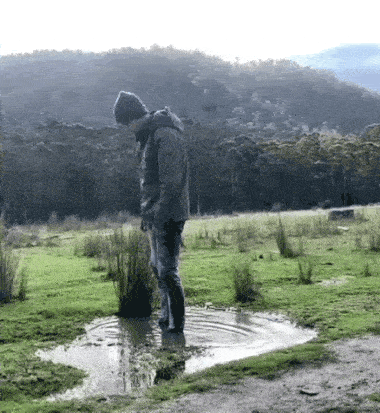
Beautiful! Thank you. That reminds me of the Hoh Rainforest in NW Washington State, where my wife and I went for our honeymoon.
I helped a friend remove the bulk of a pair of holly trees on a third friend’s property. We got to where it was down to just two trunks standing, almost touching, and I suggested we leave them as they were and ‘decorate’ them. On top there’s now a log cabin birdhouse; in the middle where they almost touch I made a sort of nest out of twigs, filled it with peat and potting soil, then tied on some licorice fern and some moss.
The licorice fern needed watering through the summer, but over the last two winters it’s started to spread onto the trunks, and this fall the moss started to spread as well. It gets enough shade my hope is we;ll end up with two pillars covered in moss and fern.
The one issue is that holly trees don’t give up easily: even with two strips of bark each four inches wide removed so the trunks are thoroughly girdled the middle and upper trunks keep sprouting new growth, and the bottom is even worse!
The holly will be handy this season and give some incentive to keep trimming it back. I have no experience with either that or big leaf maples but I love the look of moss and fern growing on a large trunk. Would never work in water scarce California.
Any sprout that gets so much as an inch long gets plucked.
Holly is one of the plants on our forbidden list for my conservation efforts.
So what is the area like you’re working on? I’ve had a big lot which I’ve pretty much gardened over every square inch. But honestly it is too demanding to keep up with and my step son could use a place to put a tiny home he is working on. So I’m thinking of clearing out the side garden for the most part and making do with just the far back and the front strip.

The drawing is an out of date and doesn’t show the entire back yard. The back of the building is forty feet wide so that is more than enough garden for me to deal with as I get older.
This is the part of the garden below gazebo deck which would mostly get gutted. The deck might go too.
 f
f
But I’ll still have plenty to do in the back which is the oldest part of the garden.

Many acres of dunes covered in European beach grass (not devastatingly invasive) and scotch broom (massively invasive). Next break in the weather I need to go round up some native trees and bushes to transplant so I can get them in soon.
I pulled 6400 scotch broom last activities year and cut down hundreds more, but we need to be removing it entire acres at a time in order to actually gain ground.
